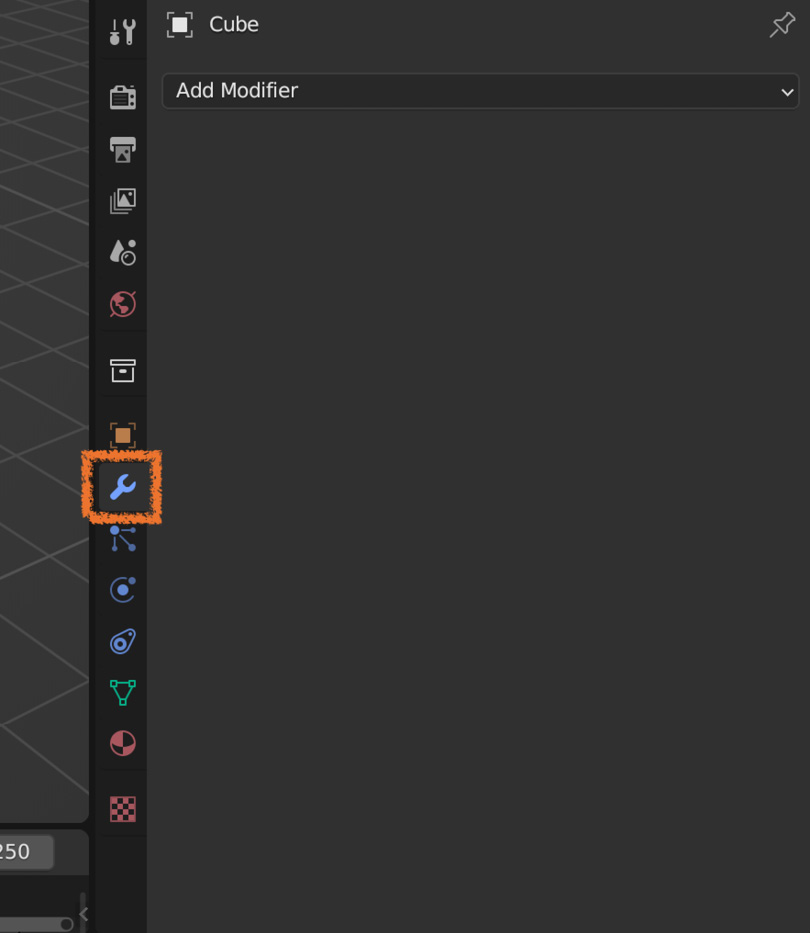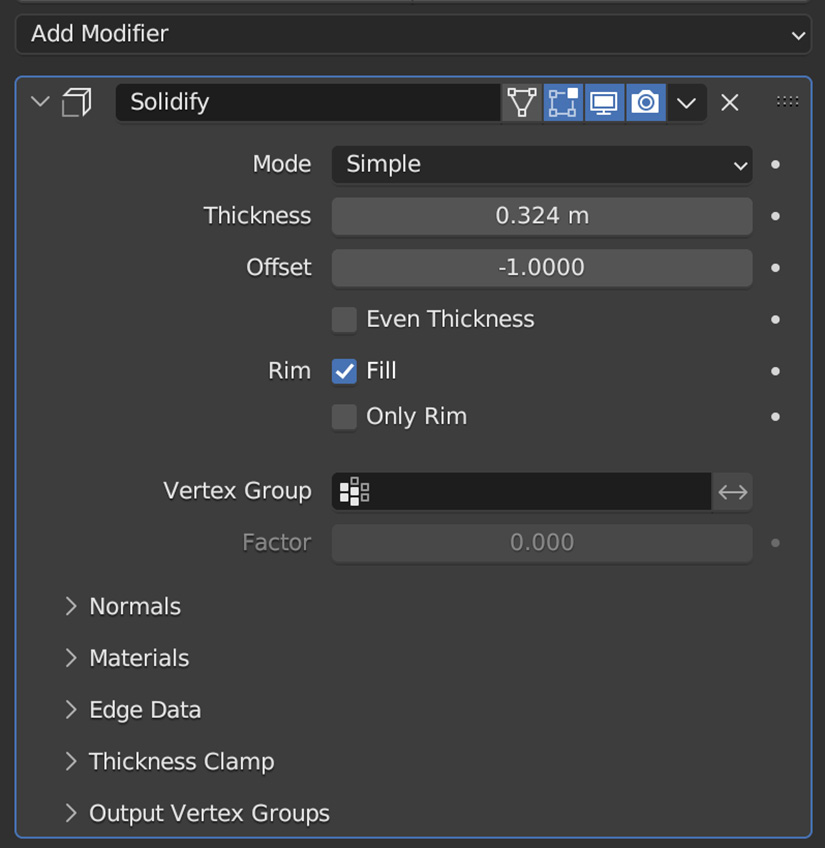Exploring Modifiers
In this chapter, you’re going to learn about modifiers. Modifiers are powerful because they allow you to make edits and changes that are not permanent until you apply them. When you use modifiers to edit an object, you can go back and edit your modifiers at any time.
Modifiers also simplify and automate tasks such as modeling symmetrical objects or duplicating an object many times. For example, if you want a symmetrical object, you can create half of that object and add a Mirror modifier, which will generate the other half of the object for you.
In this chapter, we’ll cover the following:
- Understanding what modifiers are
- Learning about the Array modifier
- Learning about the Mirror modifier and how to use it to build a low poly chair
- Learning about the Bevel modifier
- Learning about the Solidify modifier



































































